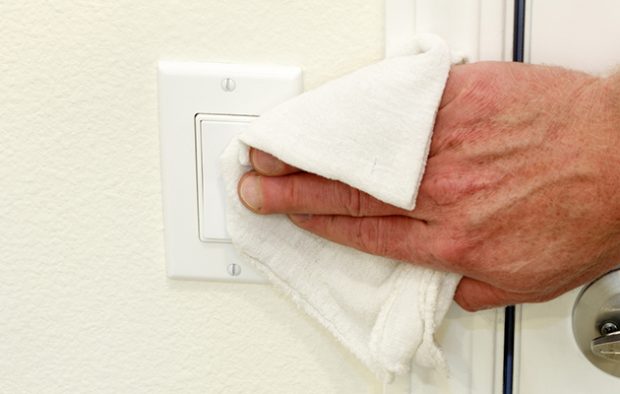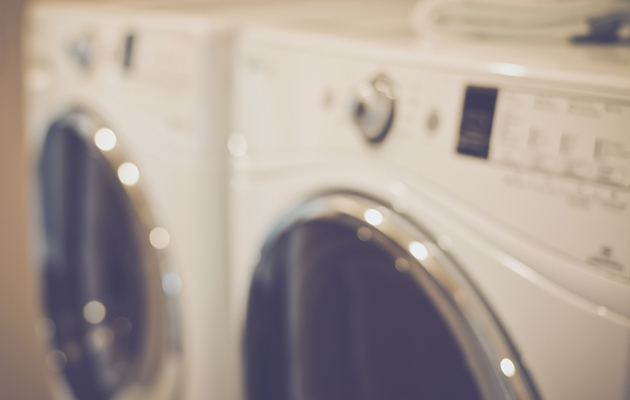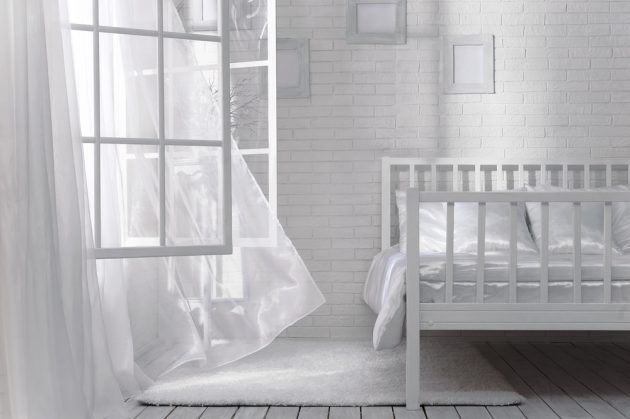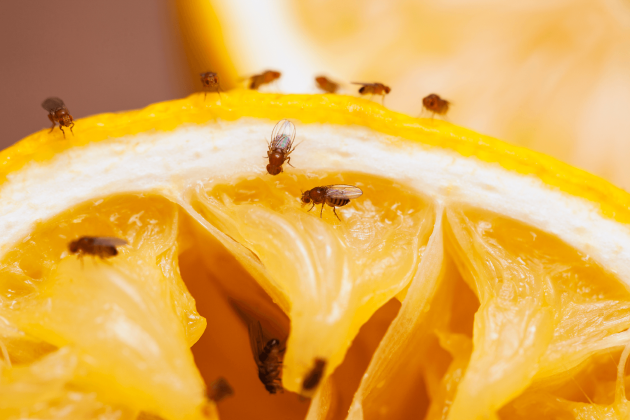Spring is in the air!!! But is your home Spring ready? While it is the best time to declutter and clean out the mess, it’s easier said than done. Furthermore, the thought of spring cleaning can seem daunting as there are plenty of cleaning spots around the house that are often overlooked.
With these places hiding in plain sight, Helpling cleaning expert Roxanna Pelka, reveals the 8 most frequent areas at home that are often overlooked during your Spring Clean.
Kitchen:
Oven Hoods: The oil magnet!
Oven hoods not only absorb odours, they are also a magnet for fat and oil. If you don’t remove it early enough, it will start to clog up the oven hoods, making it tough to thoroughly clean them out. A simple trick would be to wash them in the dishwasher: place the filters horizontally on the top compartment of the machine. Make sure to run the dishwasher without other dirty dishes to avoid catching food residues in the filters.
If you do not have a dishwasher, place the stopper in the sink and fill it up with water. Add a double dose of washing liquid into the water and place the filters in the sink. Leave them to soak for a couple of minutes, scrub them thoroughly with a brush and then repeat the process. Don’t neglect the inside of the oven hood: rinse off the accumulated oil and fat and dry thoroughly, with a 100% cotton cloth.
Freezer: Bacteria frozen in time
Two thirds of all food poisoning incidents originate from the fridge or freezer walls, the latter of which we often overlook, when it comes to Spring Cleaning.
What you should know is that most bacteria only ‘hibernate’ at temperatures below 0 Celsius, but they don’t die! To prevent bacteria from building up, sort your food in ziploc bags in your freezer as a precautionary measure. To clean it, turn the power off, remove the bottom shelf and leave a few towels inside to soak up the water, close the door and let it defrost overnight. To sterilize, soak a cloth in vinegar-water solution and use it to thoroughly wipe down the whole fridge and freezer, don’t forget to clean the shelves too.
The dishwasher: An incubator for mould
Whenever we wash our dishes by hand, we replace sponges regularly – but how often do we really clean the dishwasher?
In the dark and humid atmosphere of the dishwasher, even the dangerous bacteria can feel safe and, when not removed, can lead to nasty infections. This is why cleaning your dishwasher is very important! First, remove everything that can be removed from the inside – the racks, fluid caps and filter.
With a clean sponge and vinegar/water cleaning solution, wipe the inside of the dishwasher thoroughly. Do not forget to clean the filter as you might find some leftovers in it. Lastly, fill a cup of vinegar into the capsule compartment, and allow the machine to run at the highest temperature you have. Place the loose items back into the dishwasher and it will be as good as new! Not to worry, your plates won’t taste like vinegar the next time you use it.
Bathroom :
Tile joints: Hiding place for mould
Our usual bathroom cleaning routine consists of the bathtub, sink, toilet bowl and floor. However, we easily overlook inconspicuous places that rarely enjoy the affection of a sponge. This is especially true for tile grouting; which mould can grow on all too quickly. The solution? Tea Tree Oil! It’s antibacterial properties kill mold. Simply dip a cotton swab into the oil and coat the affected area, generously. This simple disinfecting treatment will banish the fungus within half an hour!
Washing machine: The dark horse
We often overlook cleaning the washing machine because it always looks so spotless after each wash, but how clean is our washing machine really? If we do not clean it from time to time, it will not only lead to bad smelling clothes even after washing them, but the dirty clothes will start to accumulate in the drum!
To clean your washing machine: put 50g of baking soda directly into the drum and 50ml of vinegar essence in the top compartment. Set the washing machines at 60 degrees for a fresh smelling washing machine. Next, clean the dispenser with a sponge and tap water. Lastly, remove all lint and hairs in the rubber that fill the machine, if it’s a washer/dryer.
Living room:
Telephone, doorknob, light switches and remote control: The risk in plain sight
When cleaning, we often overlook the most common areas, such as doorknobs, telephones, light switches and remote controls. These items come into human contact several times a day, but rarely come into contact with a cloth!
The consequences can make themselves known: cold viruses can survive on these types of surfaces for more than 24 hrs at a time.
Disinfect these surfaces with a dab of vinegar on a cloth. Light switches can also be taken off and put in the dishwasher.
Glass pendants and Fabric lampshades: Dust magnets
There are too many sources of dust in our apartment, which are hidden from our very eye, but did it ever occur to you that your living room lights might be a dust trap and causing that nasty sneezing fit? Probably not.
To clean fabric lampshades, remove the loose dust and with the help of lint roller, then, use a dry microfiber cloth to wipe the interior and exterior of the lampshade. Once the loose dust and dirt are removed, remove the shade and dip it into the detergent solution,rinse it in warm water and continue this dipping process until the water is clear.
Before cleaning glass pendant lightings, always ensure that you switch off the power supply. Then, carefully dismantle them by removing the bulbs, followed by removing the glass shade with a screwdriver. Soak the glass shades into the detergent mixture for a couple of minutes and wipe them dry with a soft and dry cloth. Finally, wipe the electric bulbs you removed earlier with a damp cloth and leave to dry.
Et voila! You can finally breath fresh air again!
PS: If you have plants indoors, they too, serve as dust magnets and need to be cleaned – take a damp cloth and gently wipe the leaves.
Bedrooms:
Mattress: We aren’t sleeping alone …
So that the place of peace doesn’t become a place of decay, we shouldn’t forget our mattress, and all its inhabitants, during our spring clean. Imagine sharing the bed with not just your loved ones but also with an average of 1.5 million bed mites. Nasty!
To solve this travesty, beat and vacuum the mattress. Leave it out to air, at the balcony, directly under the sun, for a few hours. You should clean your mattress frequently to prevent the buildup of moisture and skin that attracts bed mites. Don’t forget to clean under the bed every now and then too, to get rid of wool monsters and dusts.













